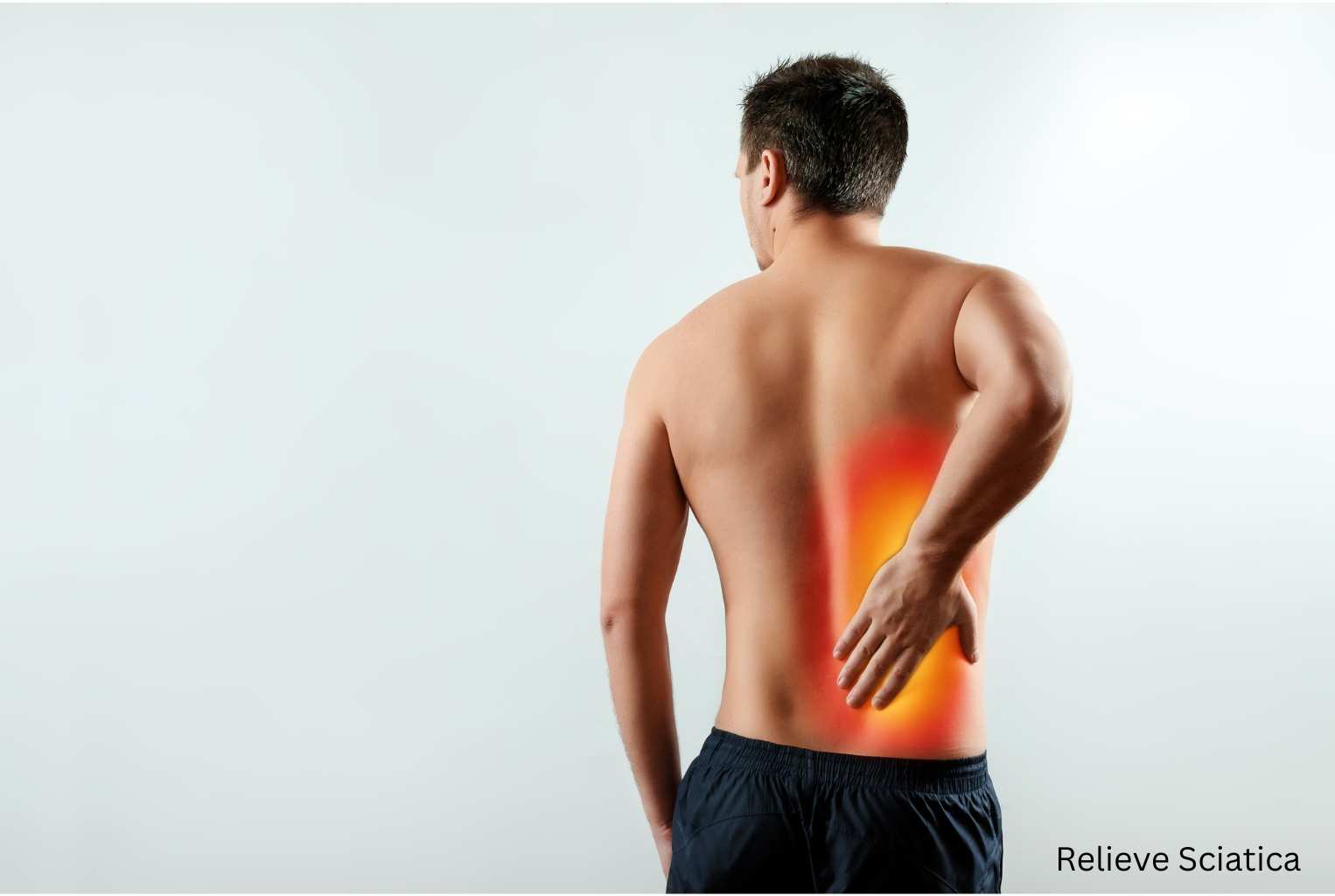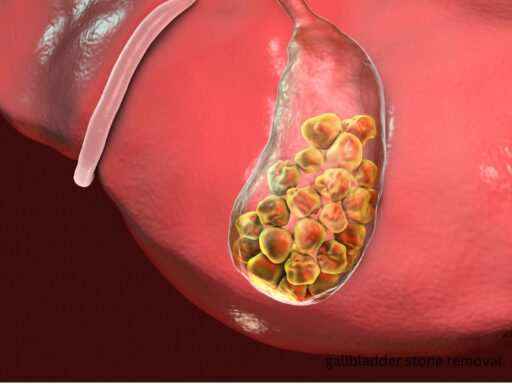Sciatica affects millions of people around the world and can cause discomfort and pain that can impact your daily life. Knowing how to recognise and relieve sciatica is key if you’re suffering from this painful condition. In this blog we will look at the causes, symptoms and proven treatments that can help relieve sciatica and improve your life.
What is Sciatica?
Sciatica is the pain that runs along the sciatic nerve which runs from your lower back down through your hips and buttocks and down each leg. Sciatica usually affects only one side of your body. The pain can be a mild ache or a sharp burning sensation or excruciating pain. Some people also experience numbness, tingling or weakness in the affected leg or foot.
Causes of Sciatica
To relieve sciatica you need to understand the underlying causes. Sciatica is not a condition in itself but a symptom of an underlying issue. The most common causes of sciatica are:
Herniated Disc: A herniated or slipped disc is one of the most common causes of sciatica. When a disc in the spine presses on the sciatic nerve it can cause pain and discomfort.
Spinal Stenosis: Spinal stenosis is the narrowing of the spinal canal which can put pressure on the sciatic nerve and cause pain.
Piriformis Syndrome: The piriformis muscle in the buttocks can irritate the sciatic nerve if it becomes tight or spasms and cause sciatica.
Spondylolisthesis: This is when one vertebra slips over another, narrowing the space where the nerve exits and can compress the sciatic nerve.
Injury or Trauma: Any injury to the lower back or spine can cause sciatica if it affects the sciatic nerve.
Symptoms of Sciatica
Recognising the symptoms of sciatica is the first step to finding relief. The most common symptoms are:
Lower Back Pain: Pain in the lower back that runs down the leg is a classic sign of sciatica.
Leg Pain: Pain that runs down the leg, often described as a sharp or burning sensation.
Numbness or Tingling: Many people experience numbness or tingling in the leg or foot.
Muscle Weakness: Weakness in the leg or foot can occur and make it hard to move or lift the affected limb.
How to Relieve Sciatica
Finding effective ways to relieve sciatica is essential for managing the condition and reducing pain. Here are some proven methods to relieve sciatica:
1. Exercise and Stretching
Regular exercise and stretching can help relieve sciatica by strengthening the muscles that support your spine and improving flexibility. Specific exercises targeting the lower back, hips, and legs can reduce pressure on the sciatic nerve. Some recommended exercises include:
Piriformis Stretch: This stretch targets the piriformis muscle, helping to relieve sciatic pain.
Hamstring Stretch: Stretching the hamstrings can relieve tension in the lower back and reduce pressure on the sciatic nerve.
Low-Impact Aerobic Exercises: Activities like walking, swimming, or cycling can promote overall fitness without putting too much strain on the back.
2. Physical Therapy
Physical therapy is a great way to get rid of sciatica. A physical therapist can create a customized exercise program for you. They will show you exercises that strengthen the muscles around the spine, improve posture and flexibility which can get rid of sciatica.
3. Hot and Cold Therapy
Applying hot or cold packs to the area can get rid of sciatica by reducing inflammation and numbing the pain. Heat relaxes tight muscles, cold reduces inflammation and numbs sharp pain. Alternating hot and cold packs can give you great relief.
4. Medications
Over-the-counter pain relievers like ibuprofen or acetaminophen can help with sciatica pain. In severe cases a doctor may prescribe stronger medications like muscle relaxants or anti-inflammatory drugs to reduce pain and inflammation.
5. Chiropractic Care
Chiropractic care is another way to get rid of sciatica. Chiropractors use spinal adjustments to correct misalignments that may be putting pressure on the sciatic nerve. Regular chiropractic adjustments can get rid of pain and improve mobility.
6. Acupuncture
Acupuncture is an ancient Chinese therapy where thin needles are inserted into specific points of the body. This treatment can get rid of sciatica by stimulating the body’s natural pain-relieving mechanisms and increasing blood flow to the area.
7. Massage Therapy
Massage can be a great way to get rid of sciatica. A skilled massage therapist can target the muscles in the lower back, hips and legs, reduce tension and alleviate pain. Deep tissue massage is especially good for sciatic pain.
8. Good Posture
Good posture is key to getting rid of sciatica and preventing future episodes. When sitting make sure your back is straight and your feet are flat on the floor. Don’t sit for long periods and take breaks to stand and stretch.
9. Yoga
Yoga is stretching, strength training and mindfulness all in one, it’s a great way to get rid of sciatica. Specific yoga poses like child’s pose, pigeon pose and cat-cow stretch can stretch and strengthen the muscles that support the spine and reduce pressure on the sciatic nerve.
10. Surgery
In severe cases where conservative treatments don’t work surgery may be needed. Surgical options are discectomy where the herniated part of the disc is removed or laminectomy where part of the vertebra is removed to relieve pressure on the sciatic nerve. Surgery is usually the last resort when all other treatments have been tried.
Sciatica Prevention
Prevention is always better than cure. While we can’t prevent sciatica 100%, here are some lifestyle changes that can reduce your risk:
Stay Active: Physical activity strengthens the muscles that support your spine so sciatica is less likely to occur.
Be Healthy Weight: Excess weight puts extra stress on your spine so sciatica is more likely to occur.
Good Posture: Whether sitting, standing or lifting heavy objects, good posture prevents unnecessary strain on your back.
Quit Smoking: Smoking reduces blood flow to the spine so disc degeneration and sciatica is more likely to occur.
In the End
Sciatica is a painful condition but with the right approach you can get rid of sciatica and improve your life. By knowing the causes, recognizing the symptoms and following the treatments in this blog you can manage your condition and get relief. Remember to consult with a healthcare professional before starting any new treatment to make sure it’s safe for you and relieve sciatica.





